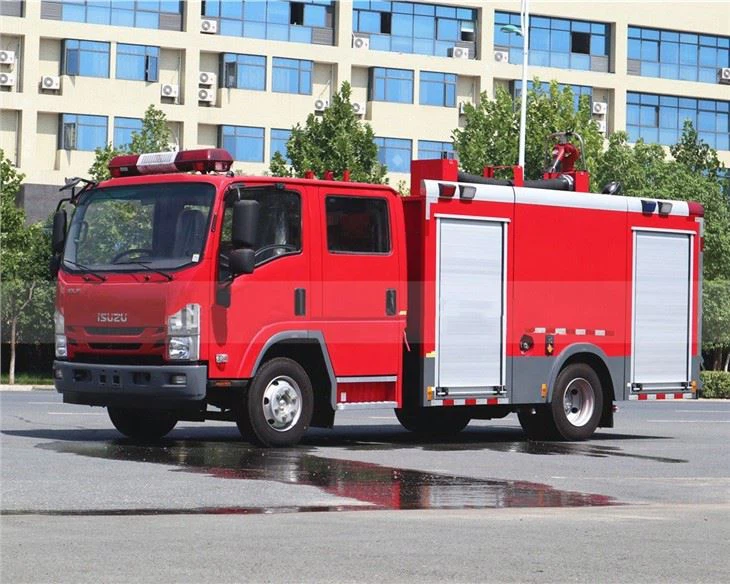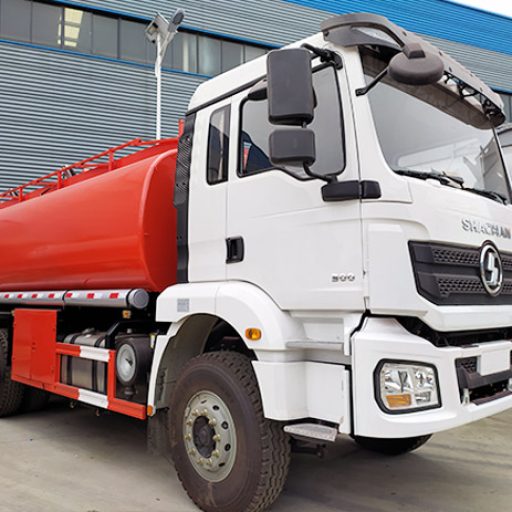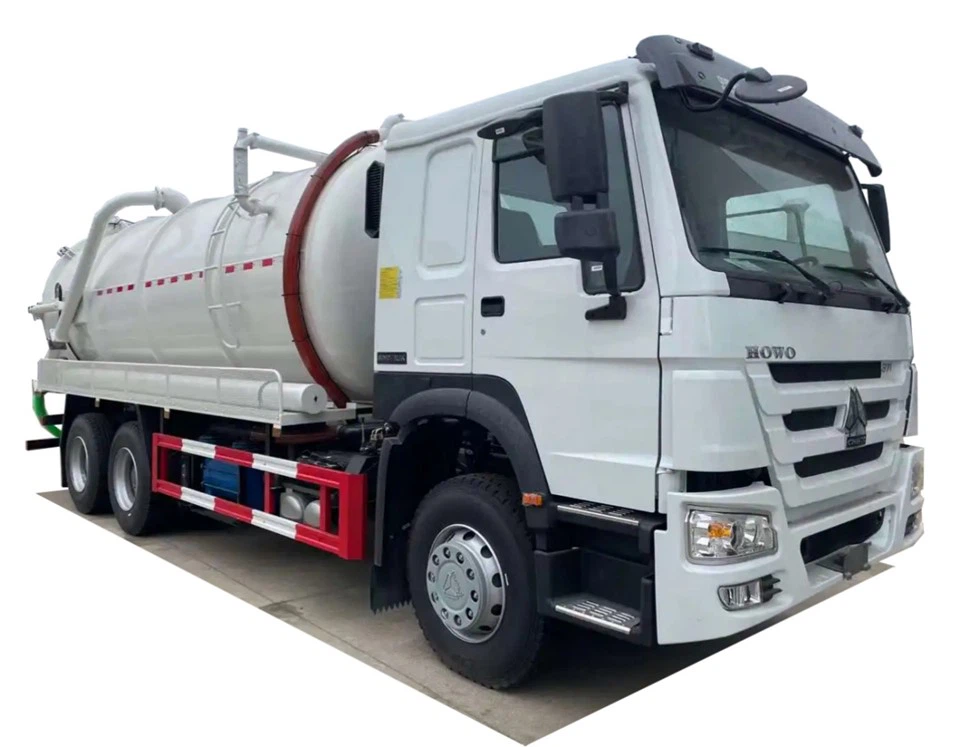Understanding Kenworth Chassis: The Backbone of Heavy-Duty Trucks

When it comes to heavy-duty trucks, the Kenworth chassis stands out as a leading choice for reliability, durability, and overall performance. Whether you are a fleet manager, a truck owner, or just someone interested in the mechanics of heavy-duty vehicles, understanding the importance of the Kenworth chassis can help you make informed decisions. This article dives deep into various aspects of Kenworth chassis, covering everything from its construction to practical applications and maintenance tips.
The Kenworth Legacy
Kenworth, a subsidiary of PACCAR Inc., has been producing premium trucks since 1923. Known for its focus on innovation and quality, Kenworth has built a reputation for creating trucks that not only meet but often exceed industry standards. The Kenworth chassis serves as the foundation for many of their iconic models, including the W990, T680, and T880.
Chassis Components and Structure
What Makes Up a Kenworth Chassis?
The Kenworth chassis is composed of several key components that work together to provide strength and stability. Understanding these components is essential for any truck owner.
- Frame Rails: The backbone of the chassis, designed to handle heavy loads.
- Suspension System: Includes air or leaf springs that absorb shocks and provide a smoother ride.
- Axles: Essential for weight distribution and driving mechanics.
- Transmission System: Transfers engine power to the wheels, critical for performance.
- Brake System: Ensures safety through efficient stopping power.

Types of Chassis Configurations
Kenworth offers various chassis configurations tailored to different applications, such as:
| Configuration | Description | Best Uses |
|---|---|---|
| Conventional | Engine located in front of the cab | Long-haul trucking, freight transport |
| Cab-over | Engine located over the cab | Urban delivery, tight maneuverability |
| Chassis Cab | Designed for custom body installation | Towing, box trucks, specialized equipment |
| Day Cab | No sleeping compartment | Short deliveries, local hauling |
Performance Features

Engine Options and Compatibility
Kenworth chassis are compatible with a variety of high-performance engines, including PACCAR MX-13 and MX-11 models. These engines boast advantages such as:
- Improved fuel efficiency
- Higher torque at lower RPMs
- Reduced emissions
Advanced Technology Integration
Modern Kenworth chassis come equipped with advanced technologies such as:
- Predictive Cruise Control: Adjusts speed based on terrain.
- Lane Departure Warning: Alerts drivers when they drift from their lane.
- Telematics Systems: Provides real-time data on vehicle performance.
Practical Applications
Customizing Your Kenworth Chassis
One of the significant advantages of the Kenworth chassis is its adaptability. Owners can customize their chassis for various applications:
- Refrigerated trailers for temperature-sensitive loads.
- Flatbeds for construction materials.
- Dump trucks for waste disposal.
Tips for Choosing the Right Kenworth Chassis
When selecting a Kenworth chassis, consider the following factors:
- Payload Capacity: Assess your hauling needs and choose a chassis that can handle the load.
- Engine Type: Select an engine compatible with your driving style and fuel preferences.
- Wheelbase Measurement: Determine the optimal turning radius and stability for your operations.
Maintenance Best Practices
Routine Checks and Services
To prolong the life of your Kenworth chassis, follow these maintenance tips:

- Daily Inspections: Check fluid levels, tire pressure, and brake performance.
- Regular Oil Changes: Follow manufacturer recommendations for oil change schedules.
- Brake Maintenance: Inspect brakes for wear and periodically replace pads.
Dealing with Wear and Tear
Heavy-duty trucks encounter various road conditions that may lead to wear and tear. Here are some common issues and solutions:
| Issue | Symptoms | Solution |
|———————–|———————————–|———————————-|
| Frame Corrosion | Rust spots, weakened structure | Regular inspections, anti-rust treatments |
| Suspension Failure | Rough ride, uneven tire wear | Check air levels, replace components as needed |
| Engine Overheating | Warning lights, power loss | Check coolant, replace thermostat |
| Brake Fade | Reduced stopping power | Replace brake pads, check for fluid leaks |
Fuel Efficiency and Environmental Impact
Economical Driving Techniques
Maximize fuel efficiency with these driving tips:
- Accelerate smoothly to avoid consuming excess fuel.
- Maintain a steady speed, using cruise control on highways.
- Avoid idling whenever possible.
Emissions Standards and Compliance
Kenworth trucks are designed to meet stringent emissions standards. Owners should keep abreast of local regulations regarding emissions and ensure that their vehicles comply.
The Competitive Edge of Kenworth Chassis
Customer Satisfaction and Reviews
Customer reviews indicate high satisfaction rates for Kenworth chassis among drivers and fleet managers alike. Reasons include:
- Reliability in various driving conditions.
- Comfort and ergonomics in cab design.
- Strong resale value compared to competitors.
Warranties and Support
Kenworth offers comprehensive warranties that provide peace of mind for new truck owners. Understanding the warranty coverage can aid in making a purchase decision. Common coverage includes:
- Frame and major components for an extended period.
- Engine and transmission warranties for long-term reliability.
- 24/7 roadside assistance options available.
FAQ Section
What is the purpose of the Kenworth chassis?
The Kenworth chassis serves as the foundational framework for various heavy-duty truck models, providing strength, stability, and customization options for specific applications and cargo types.
Can I customize my Kenworth chassis?
Yes, Kenworth chassis are highly customizable to meet various operational needs, including different body types, engines, and configuration styles suitable for different applications.
How often should I maintain my Kenworth chassis?
Routine maintenance should be performed daily, with detailed inspections and services like oil changes and brake checks carried out according to manufacturer recommendations, typically every 10,000 to 15,000 miles.
What safety features are available in Kenworth chassis models?
Safety features often include advanced technologies such as lane departure warnings, predictive cruise control, automatic emergency braking, and comprehensive braking systems for enhanced safety on the road.
How does Kenworth ensure fuel efficiency in their chassis?
Kenworth chassis are designed with advanced aerodynamics, lightweight materials, and compatibility with fuel-efficient engines. Additional training for drivers on economical driving techniques also contributes to better fuel consumption.
What is the projected lifespan of a Kenworth chassis?
With proper maintenance and care, a Kenworth chassis can last over a million miles, making it a worthy investment for fleet owners and long-haul drivers.
